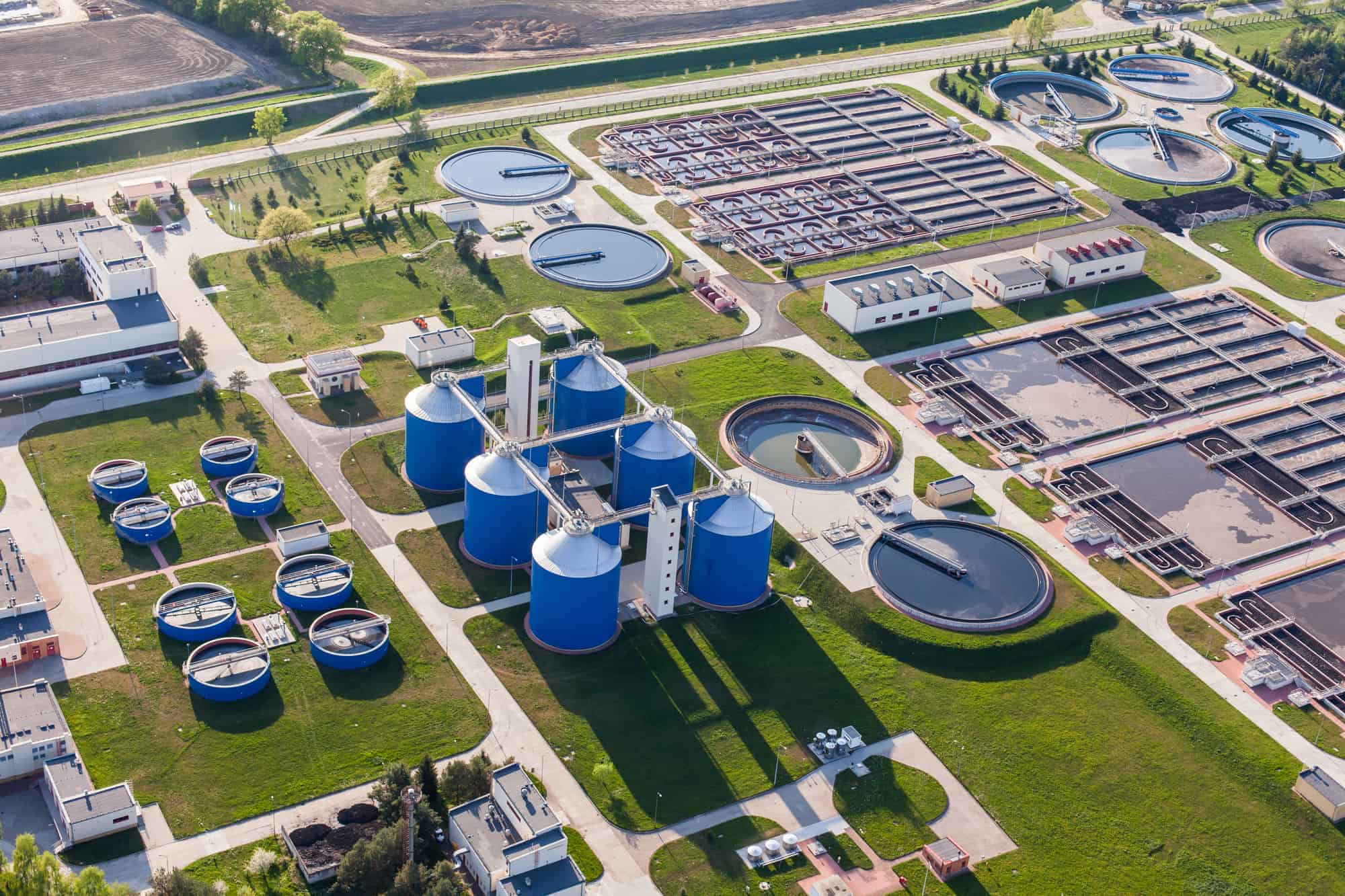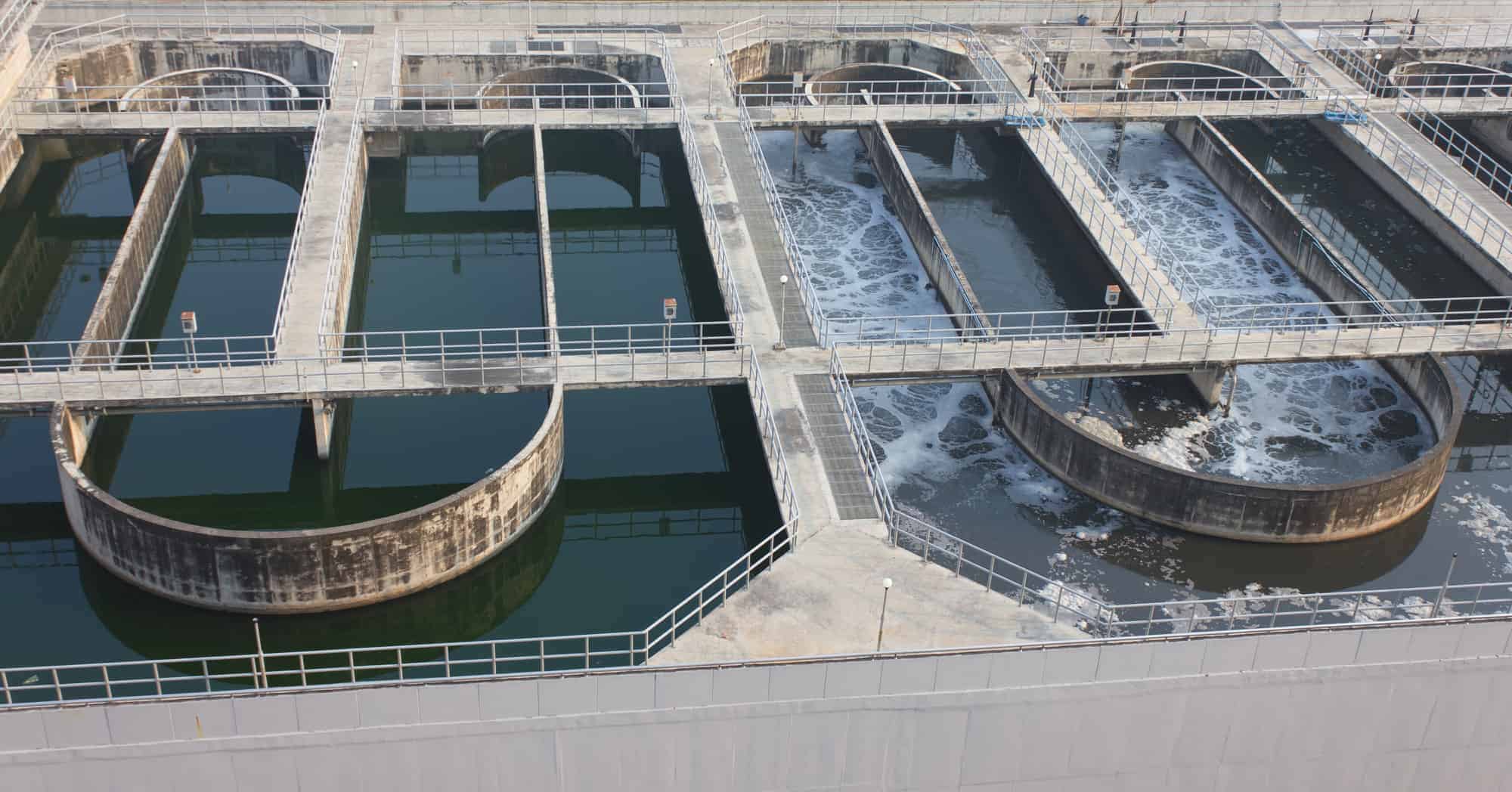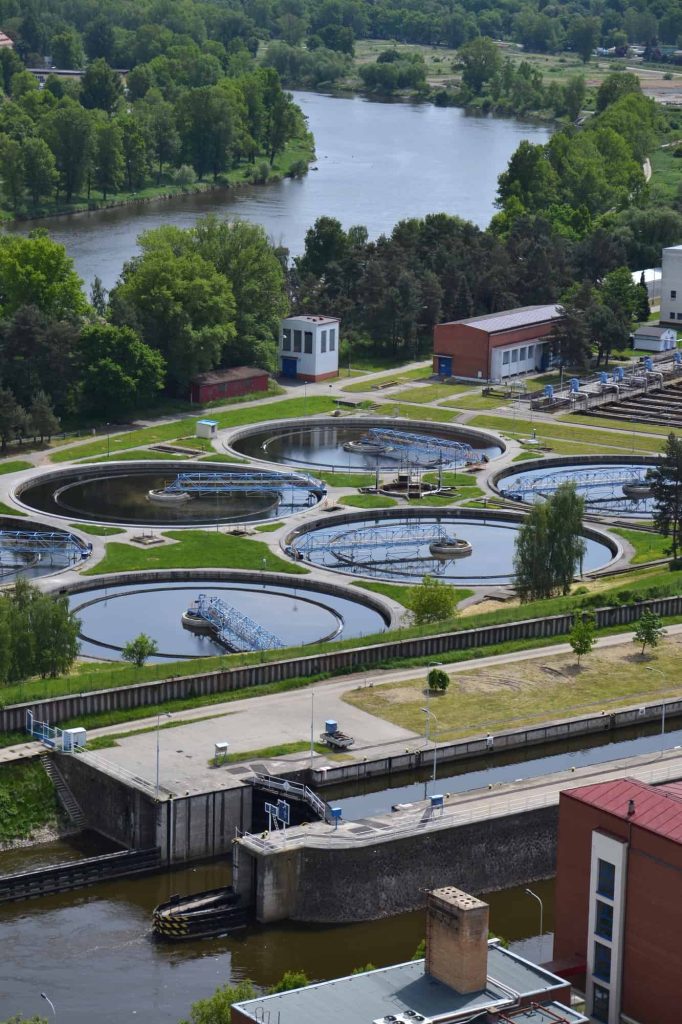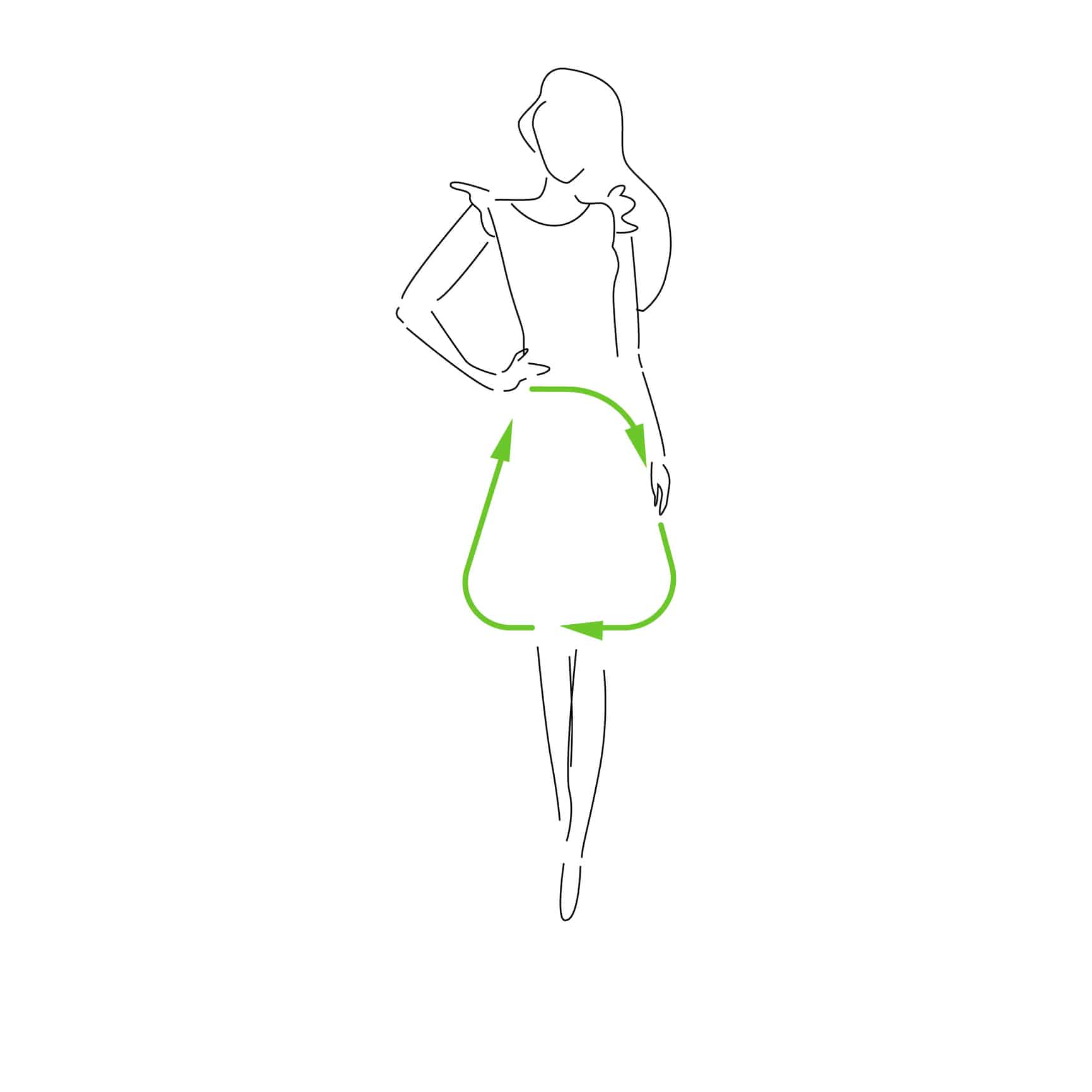Water is an integral part of our lives. Without it, there is no life. The ecosystem greatly depends on water availability and clean and drinkable water. Our bodies have six main nutrients, and water is one of them (minerals, protein, fats, carbohydrates, and vitamins being the other five). It accounts for 60 per cent of our body mass, and we can only survive three to five days without water. In our ecosystem, it is needed for drinking, growing crops, raising livestock, and sanitation. However, it should be noted that all these systems require clean and fresh water, which only makes up one per cent of the total water in our world.
Industrialisation began back in the mid-18th century in Britain. It soon began to spread to the rest of the world. The consumption of manufactured products increased. These industries rely greatly on water for various processes, consuming hundreds of gallons of water. This water does not vanish during the processing (unless used for steam) but instead turns into wastewater that is drained into water streams so that it can all go down into the sea.
During the process of sending wastewater to seawater, it damages our environment significantly. Wastewater contains several harmful chemicals and substances that destroy the ecosystem and create problems for humans and marine life. The textile industry is one of the most significant contributors to wastewater and hence a major threat to our planet. But with new technologies, the wastewater is now being treated and then released into the stream for minimum damages. To understand the effluent treatment used in the textile sector, first, let’s understand the kind of wastewater that is generated by textile.
The textile industry is one of the major industries worldwide. In 2018 the industry was estimated to be operated at US$920 Billion, and by 2024 it is estimated to reach a value of US$1,230. Asia, the top textile industry market, contributes significantly to the economy of countries like India, China, Pakistan, and Bangladesh. As much as the industry is of use to developing countries in terms of monetary and employment basis, it is equally harmful to the environment if proper measures are not taken.
Textile processing consumes large amounts of water, which is why this industry is considered water intensive. Dyeing, finishing, and washing are mandatory processes in the textile industry.

All these three processes are dependent on water in one way or another. For this reason, textile produces large amounts of textile wastewater (TWW). TWW has a solid colour and a concentrated dose of chemicals due to dyeing and finishing. The water also has heavy metals, nutrients, organic substances, and unbalanced pH. The composition of TWW varies as per the type of processes being carried out in a specific industry.
Usually, textile wastewater contains a mixture of inorganic and organic compounds, colours, and pollutants. These together pose severe threats to marine life and our system when released into the water streams.

TWW is considered to be one of the major contributors to marine life pollution. Not only does the water contains harmful chemicals, but even the dye colour hinders the natural environment of the water. The question is, how? Dyes in the water decrease the water’s reoxygenation and block the sunlight, which impedes the photosynthesis process of aquatic plants. Colours, colloidal substances, and oily matter increase the turbidity of the water. The pollution disturbs the biochemical oxygen demand (BOD) and chemical oxygen demand (COD) values in the water, resulting in the poor appearance and smell of the water bodies. Chemicals of wastewater like sodium hydroxide, sulphuric acid, and hydrogen peroxide cause biological and psychological changes to aquatic organisms slowly but surely.
The temperature of TWW is not suitable for natural water streams. Aquatic life usually survives in temperatures between 22 – 25 degrees celsius.
There are several effluent treatment processes for textile wastewater as described below:
Several physicochemical methods include filtration, adsorption, ion exchange, and coagulation. Coagulation is used to remove pollutants from textile wastewater. For this process, iron, and alum, salts are used. These salts convert small particles into big ones to form agglomerate. Coagulation is mainly used to remove dispersed dyes from the water. Adsorption technology is instead a famous one since it can remove the high quantity of a variety of dyes. One of the efficient adsorbents is commercially activated carbon; however, it’s costly. Biomass wastes were also used as adsorbents by researchers. Their desorption is limited, and the cost has been high in many cases. That is why those adsorbents are required: They can be generated quickly, are low cost, and can be desorbed. Filtration includes nanofiltration, ultrafiltration, and microfiltration. The ion exchange process removes cationic and anionic pollutants, whereas synthetic resins are used for this process.
As the name suggests, the biodegradation process removes the organic substrates in the wastewater. Microbes are used to disintegrate substances like dyes. Disintegration depends on various factors such as the temperature of the waste, quantity of microorganisms and dyes, pH, and oxygen concentration. The efficiency of biodegradation depends on the activity of enzymes and the type of microorganism selected for the process. The biodegradation process has many advantages: cheap, environmentally friendly, low quantity of solid waste, conversion into non-toxic end products, and better operational costs. The few common microorganisms used for biodegradation are fungi, algae, and bacteria.

This process is used to convert the chemical potential energy in the wastewater into electricity. It is done through redox reactions. Here the microorganisms oxidise the organic matter in the anode chamber that generates either protons or electrons. These protons or electrons are then sent to the cathode chamber for oxygen. If the MFC is used with the right and cost-effective processes, then it is estimated to produce the amount of power from the effluent that is five times more than the power required to treat that wastewater.
So many methods have been developed for effluent treatment in textiles because of the declining condition of our environment and the increase of industries in the textile sector. Some of the processes are still very expensive, a problem which sometimes hinders the treatment. It is also essential in the future to focus on treatments that will result in biodegradable pollutants. With each passing day, it is becoming more and more important to save our planet, and processes like effluent treatment play a significant part in reducing pollution.
| Cookie | Duration | Description |
|---|---|---|
| cookielawinfo-checbox-analytics | 11 months | This cookie is set by GDPR Cookie Consent plugin. The cookie is used to store the user consent for the cookies in the category "Analytics". |
| cookielawinfo-checbox-functional | 11 months | The cookie is set by GDPR cookie consent to record the user consent for the cookies in the category "Functional". |
| cookielawinfo-checbox-others | 11 months | This cookie is set by GDPR Cookie Consent plugin. The cookie is used to store the user consent for the cookies in the category "Other. |
| cookielawinfo-checkbox-necessary | 11 months | This cookie is set by GDPR Cookie Consent plugin. The cookies is used to store the user consent for the cookies in the category "Necessary". |
| cookielawinfo-checkbox-performance | 11 months | This cookie is set by GDPR Cookie Consent plugin. The cookie is used to store the user consent for the cookies in the category "Performance". |
| viewed_cookie_policy | 11 months | The cookie is set by the GDPR Cookie Consent plugin and is used to store whether or not user has consented to the use of cookies. It does not store any personal data. |
Create your free account and begin your sustainability journey.

